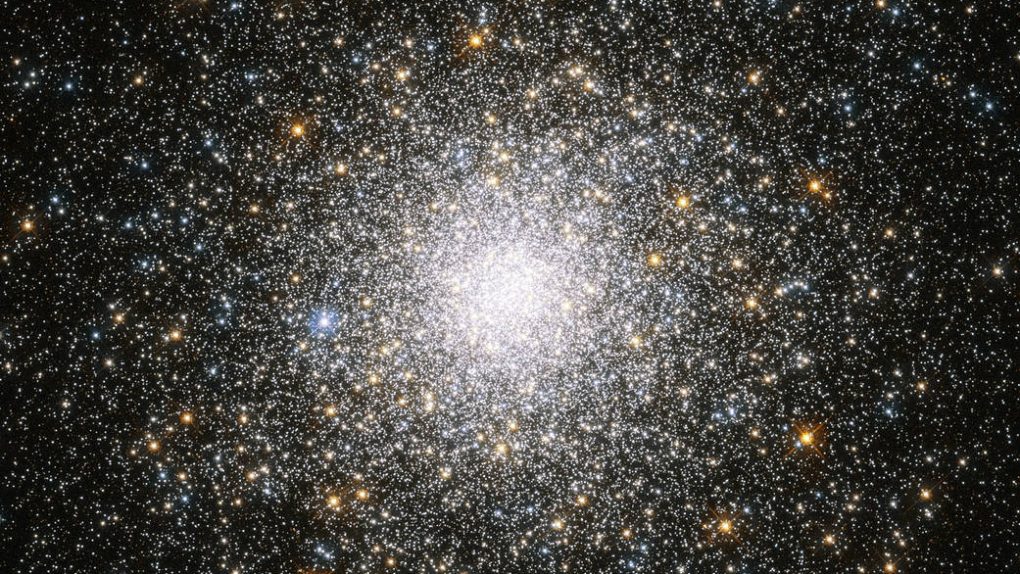Figuring out how our reality took shape over billions of years is no easy task for scientists. Theories about how the Big Bang played out and the immediate aftermath are a dime a dozen, but researchers led by a team from the University of Arizona think they might stumble upon some of the secrets of galaxy formation by asking a supercomputer to simulate millions of virtual universes and seeing which ones come closest to what we see today.
In a new research paper published in Monthly Notices of the Royal Astronomical Society, the team explains how they used a supercomputer system nicknamed the “Universe Machine” to watch billions of (virtual) years of galaxy formation play out before their eyes.
“On the computer, we can create many different universes and compare them to the actual one, and that lets us infer which rules lead to the one we see,” Peter Behroozi, lead author of the study, said in a statement.
This approach allowed the scientists to test long-held theories about how galaxies formed in the wake of the Big Bang, and it’s already offered some eye-opening insights. Hot gas building in a galaxy due to activity from black holes, stellar explosions, and the gravitational pull of dark matter should be a death sentence for a galaxy, preventing new stars from forming. The researchers say that in simulations that match real-world observations, that’s not the case.
“As we go back earlier and earlier in the universe, we would expect the dark matter to be denser, and therefore the gas to be getting hotter and hotter,” Behroozi explained. “This is bad for star formation, so we had thought that many galaxies in the early universe should have stopped forming stars a long time ago. But we found the opposite: galaxies of a given size were more likely to form stars at a higher rate, contrary to the expectation.”
All of this work required some intense computing power, and the researchers enlisted the help of NASA as well as resources from German scientists, combined with their own supercomputer at the university, to make it happen. A total of 2,000 processors ran simultaneously for three weeks to generate over 8 million virtual universes.








